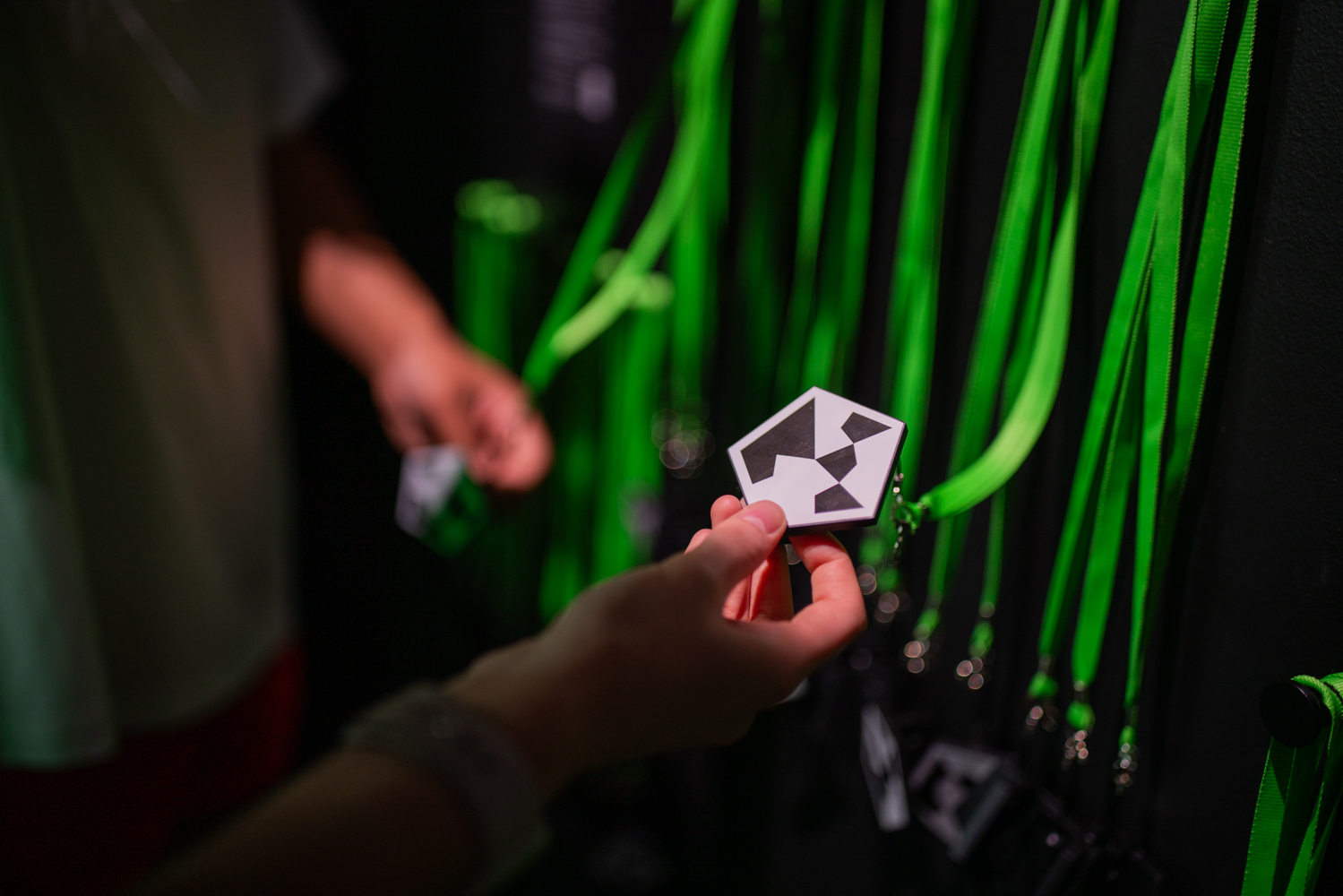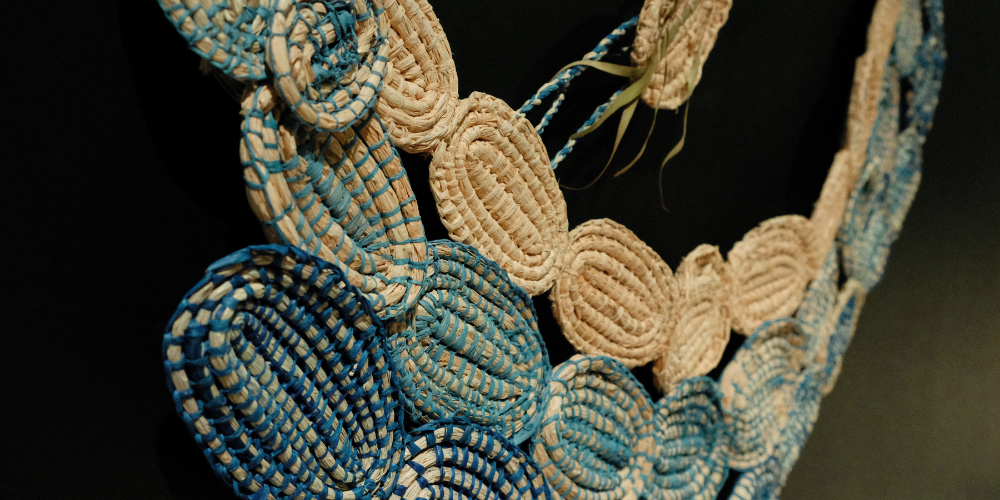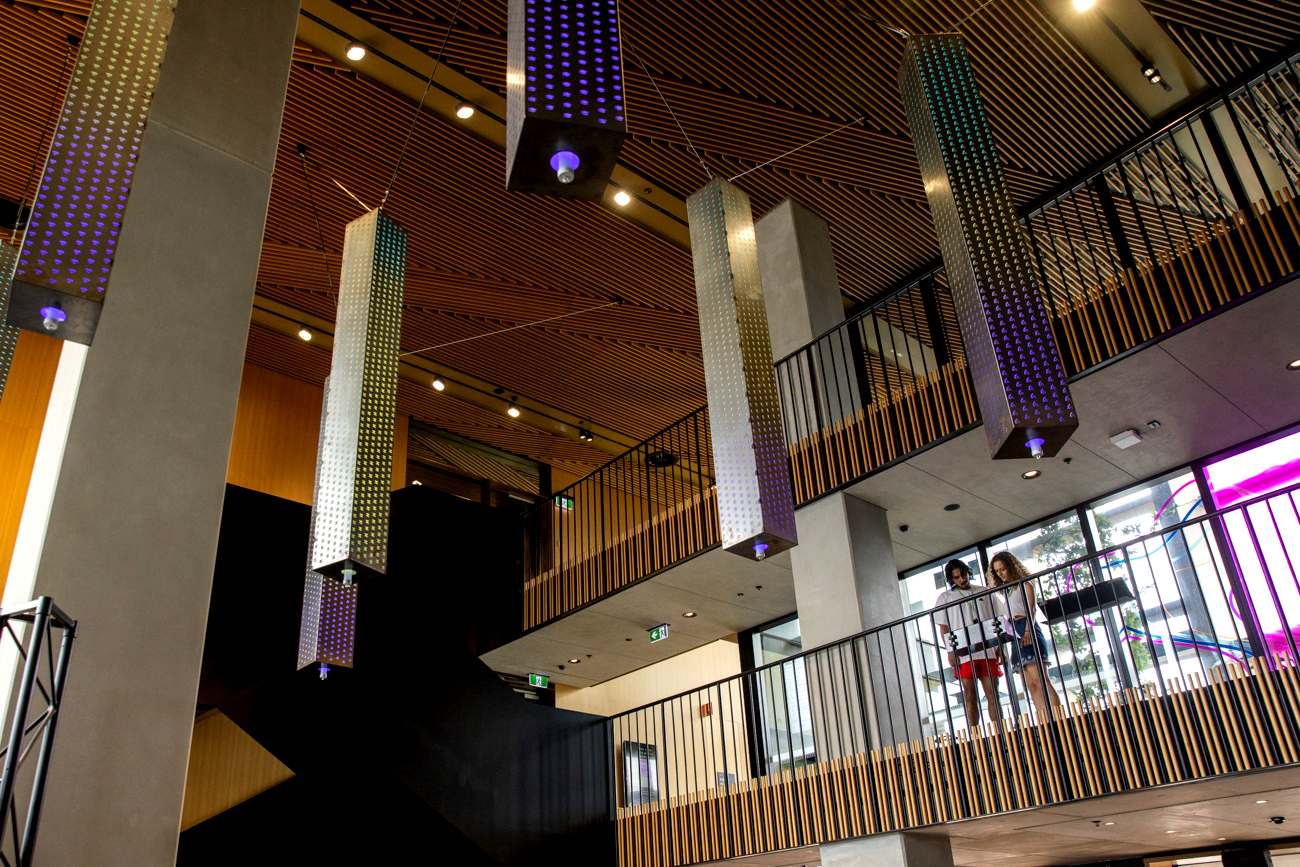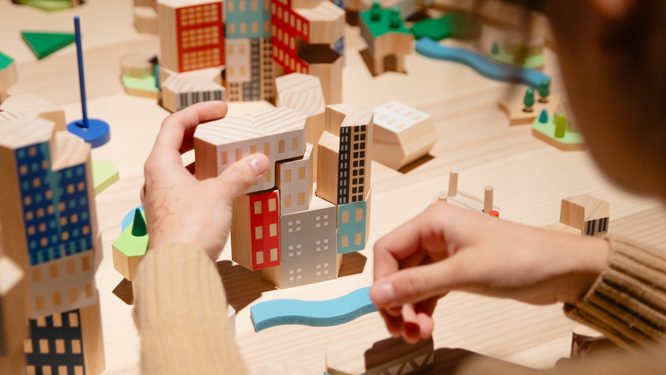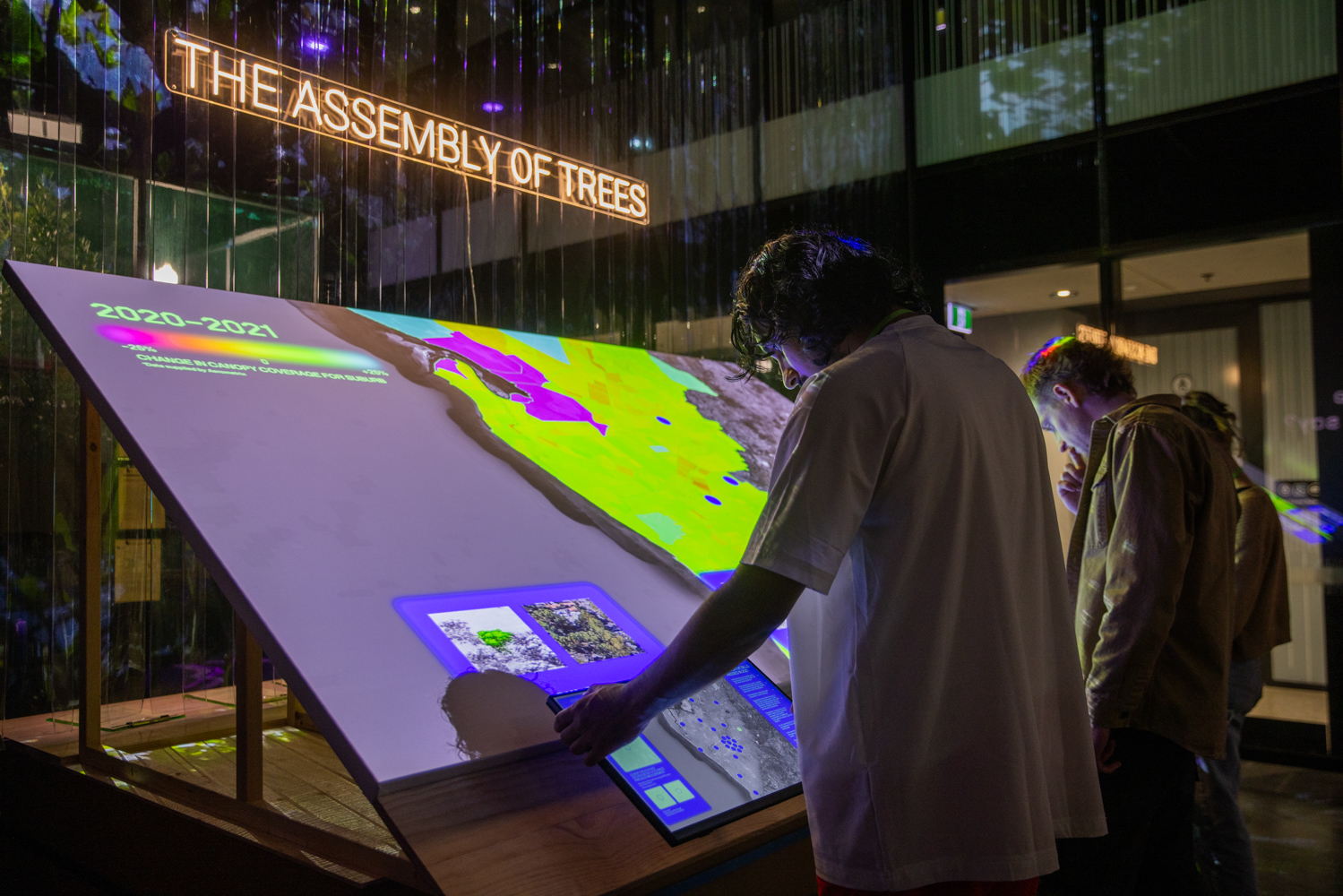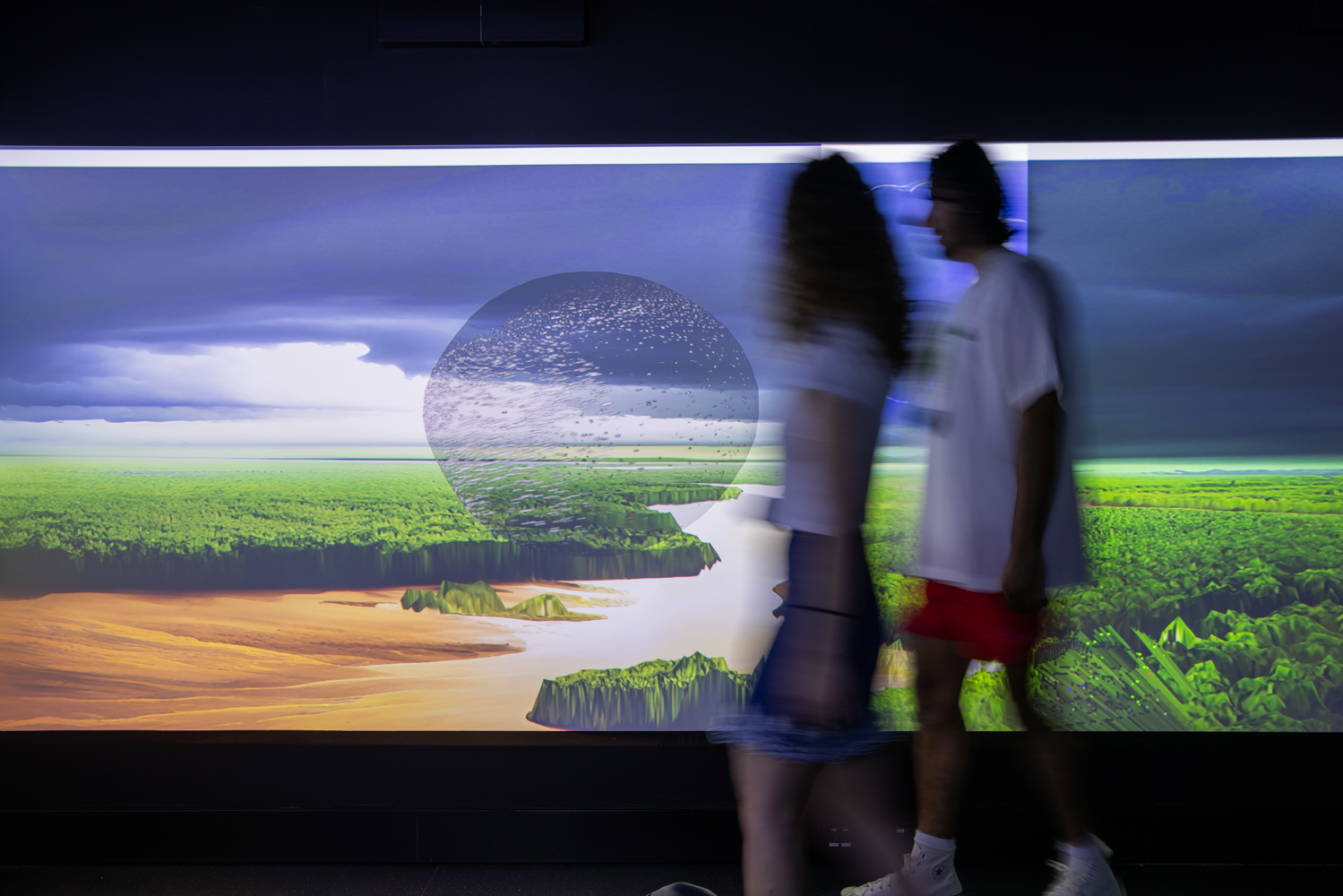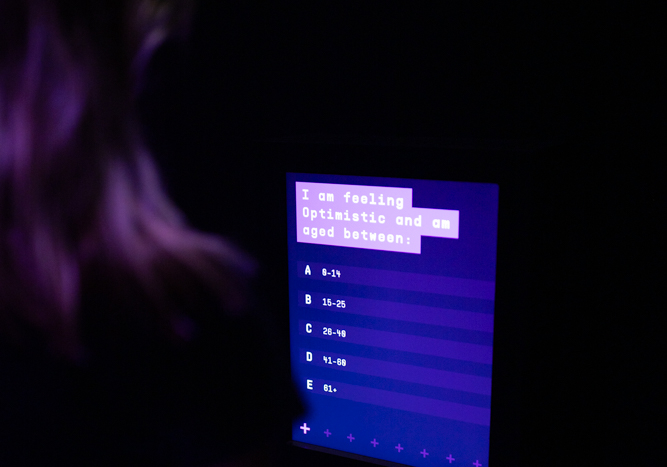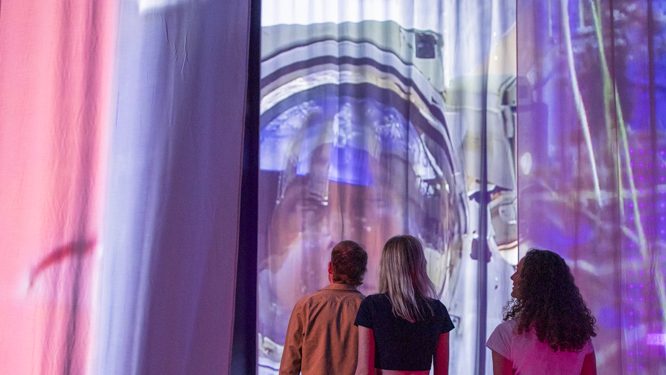Interested in solving problems?
Make it a career with UniSA
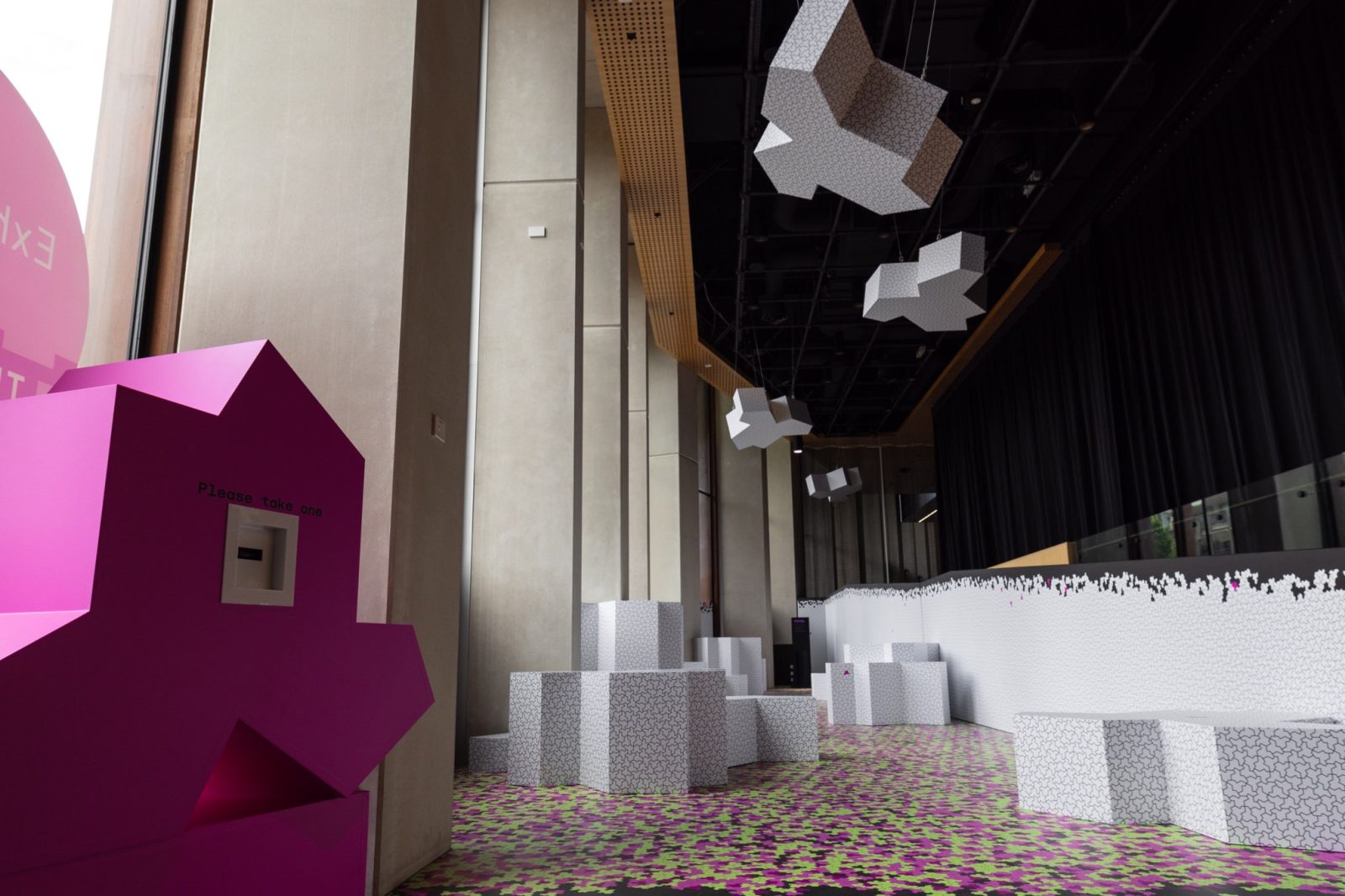
Exhibit Details
Open JanNov 2024
- What if we all stuck together?
- Delve deeper
With so many big problems in the world to solve, it is no wonder getting started on a solution can seem daunting. People want to see results, now. But the truth is, we might not ever see the results of our own or others’ efforts.
We see this in many fields, where people or groups become isolated and focus only on their interests. This can hinder effective collaboration and problem solving.
But what if we could work together better – everyone doing their bit – to solve problems?
In taking a sticker and laying it where you choose in the gallery space you are participating in an experiment in collaboration. Can you work together, even if you might not see what this exhibit space will look like at the end?
Our exhibit is an experiment in collaboration. We wanted to see whether people can work together, even if they can’t see or imagine the end result. By placing a sticker in a place you choose, you are contributing to a landscape of tessellating patterns that will grow over the course of the year. For this we chose a particular shape.
You might think that we already have all the shapes we need, but there’s a whole community of people out there who disagree. This community has been working away quietly on the quest to find a new shape for more than 50 years. Then, in 2023, David Smith, a self-proclaimed “imaginative tinkerer of shapes”, made a discovery: a shape he called the hat.
This 13-sided shape is an einstein, which comes from the German translation “one stone”. Einsteins are shapes that can repeat infinitely without gaps or overlaps. Lots of our pre-existing shapes are einsteins, like squares and triangles. However, these shapes make repeating patterns. The hat is different. While it can repeat forever, the hat can never form a pattern. Smith worked with a group of mathematicians and computer scientists to study the hat, aiming to better understand its uniqueness. It wasn’t long before they discovered another new shape, this one they called a spectre.
People work together all the time, whether it be in the pursuit of new shapes or for group assignments, but it does seem that as a species, we aren’t always that good at it. There are some anomalies – the development of penicillin was world-changing and the Beatles were pretty good when they weren’t arguing – but for the most part, collaboration is hard.
Why is it so hard to work together? As humans, we have a fundamental need to belong to a group, but when we start to work in this group things get tricky. Psychologists have spent decades trying to understand how we can cooperate better, and it seems there are some common factors that best influence whether a group can achieve its goals. Initially, teams must be capable of translating their capabilities and resources into an output. From there, they must have positive attitudes and shared methods to work through the project together. But if the output is toward a long-term goal, such as researching mathematical shapes, or the introduction of a new medical treatment, or making a difference on climate change, where the outputs might not have impacts for years, collaboration requires an extra degree of shared ambitions and trust.
Read
- Mathematicians discover shape that can tile a wall and never repeat
- To become an innovation nation, we really need to think smaller
- To share is human, to collaborate divine
- How r/place – a massive and chaotic collaborative art project on Reddit – showcased the best and worst of online spaces
- When artists get involved in research, science benefits
Accessibility
Credits
- Walls That Talk Design and decals
- Jimy McGilchrist Design and build

